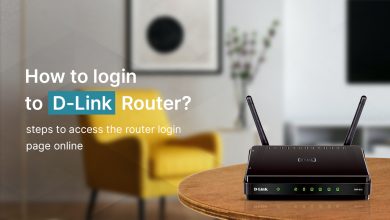Great Use Of Wireless Communication Technologies

Wireless communication technologies
Wireless technologies are in use to transfer information between points at a distance without the use of cables, wires, or other electrical conductors. Matrix is widely in use in wireless communication calculation. For the determinant of the matrix, you can use an online determinant calculator.
The choice of the optimal technology for wireless solutions is determined by many factors:
- Data volume (collection of megabits per second / several times per day);
- Response time (receiving a command at a given time);
- Reliability of response (guarantee of receiving a command, the degree of probability of errors);
- Communication distance (location of network nodes relative to each other);
- The number of communication nodes (servicing one / many nodes);
- Operator’s strategy (provided and planned services);
- Target audience (one or more groups of people for whom the product is intended);
- The size of investments in the development of the network, the time of their payback;
- The already existing network infrastructure, the availability of resources to maintain its performance;
- The time it takes to start up the network.
Wireless Features
Wireless communication has several features:
- The transmission distance can vary from several meters to thousands of kilometers;
- This type of communication can in use for wireless Internet access, cellular telephony, wireless home network, etc .;
- This connection is also used for GPS, satellite, television broadcasting, cordless phones, various types of headsets, and radios.
Types of wireless networks
There are several basic classifications of wireless networks:
1. By range:
- WPAN – wireless personal area networks (for example, Bluetooth);
- WLAN – local wireless networks (Wi-Fi);
- WMAN – city-wide wireless networks (WiMAX).
2. By type of network:
- Autonomous local (data streams are territorially closed within a specific object);
- Local, having access to the transport (primary) network (some users have to access outside the local network, for example, access to the Internet);
- Providing consumers with direct access to the transport network.
3. By application:
- Corporate departmental (created by companies for corporate needs);
- Operators (created by operators for the purpose of paid services).
4. By topology:
- “Point-to-multipoint”;
- “Point-to-point”.
Wireless transmission protocols
The basis of a wireless network is a protocol that regulates its topology, addressing, routing, the format of transmitted packets, the order of access of network nodes to the data transmission channel, a set of control commands, and an information security system.
There is the following classification of protocols according to their range:
WWAN
Cellular networks, the radius of which is measured in tens of kilometers. This type of protocol includes GSM, iDEN, CDMAone, PDC, UMTS, GPS.
WMAN
City-wide wireless networks with a range of several kilometers. Such networks include WiMAX.
Wireless LAN
Wireless computing local area network, where the range is several hundred meters. This includes Wi-Fi, UWB, ZigBee protocols.
WPAN
Such protocols interconnect various devices and are also used to switch them to higher-level networks. The range of WPAN networks is from several meters to several tens of meters. This type includes the protocols Insteon, RuBee, X10, Bluetooth, ANT, Z-Wave, RFID.
OSI model
OSI protocol stack network model.
Using this model allows network devices to interact with each other at different levels, each of which performs specific functions:
- Physical – physical media or cable;
- Channel – transmission, reception of data packets, calculation of hardware addresses;
- Network – accounting, routing;
- Transport – ensuring uninterrupted end-to-end data transmission;
- Session – authentication, authority control;
- Interpretation of data – presentation, data compression;
- Applied – providing services to the end-user: registration, mail, etc.
OSI and TCP / IP Suite
There are several differences between OSI and TCP / IP:
- TCP / IP Suite is a digital model used for establishing connection and communication over a network, while OSI is a conceptual model that is practically not used in communication, but serves for design. understanding the architecture of the system;
- The OSI model has seven levels of network hierarchy, TCP / IP – four;
- TCP / IP is horizontal, OSI is vertical;
- OSI follows a bottom-up approach, TCP / IP follows a top-down approach.





